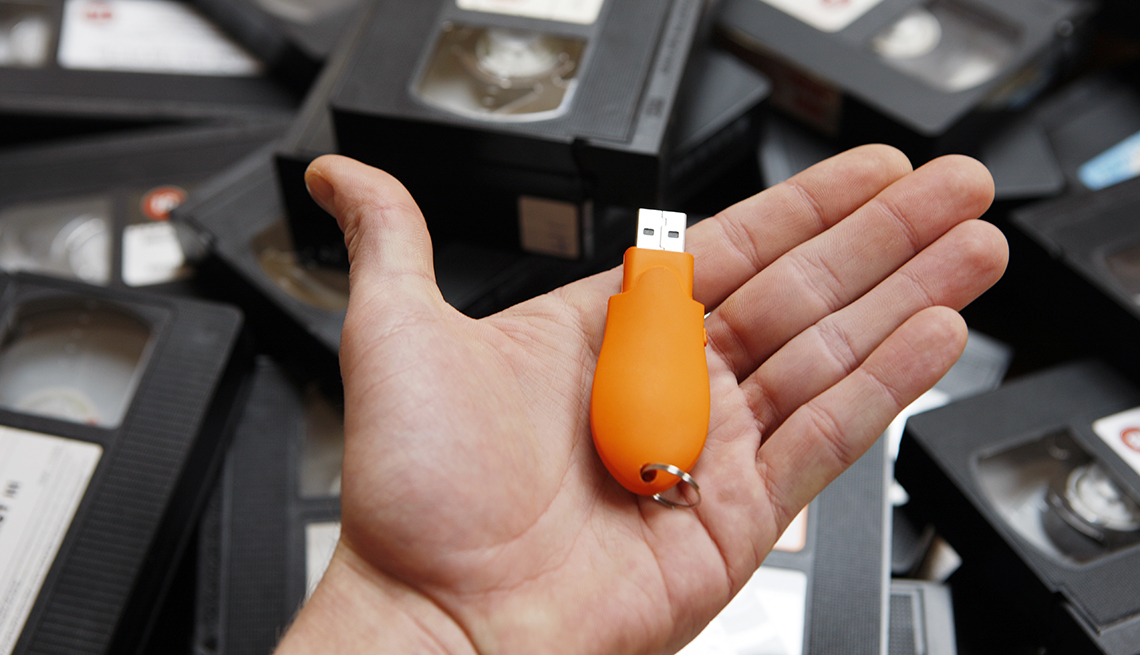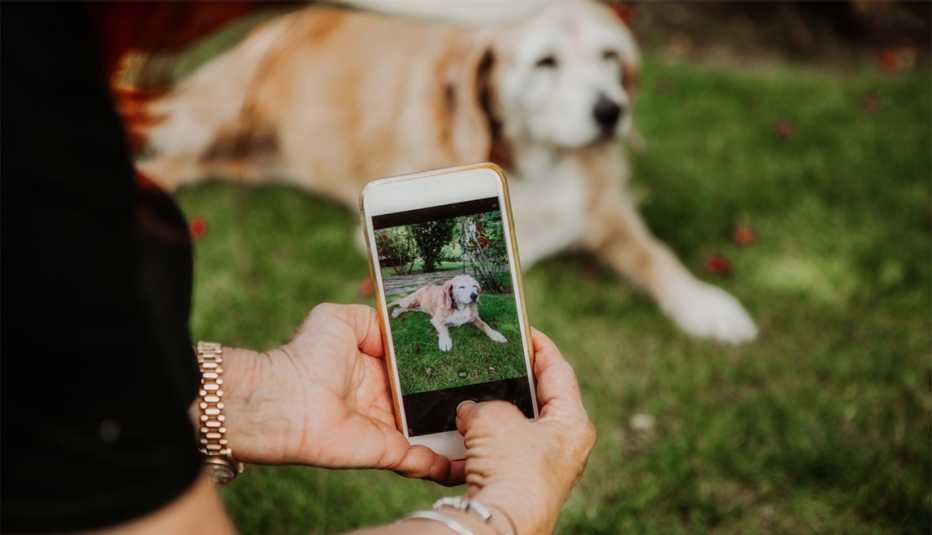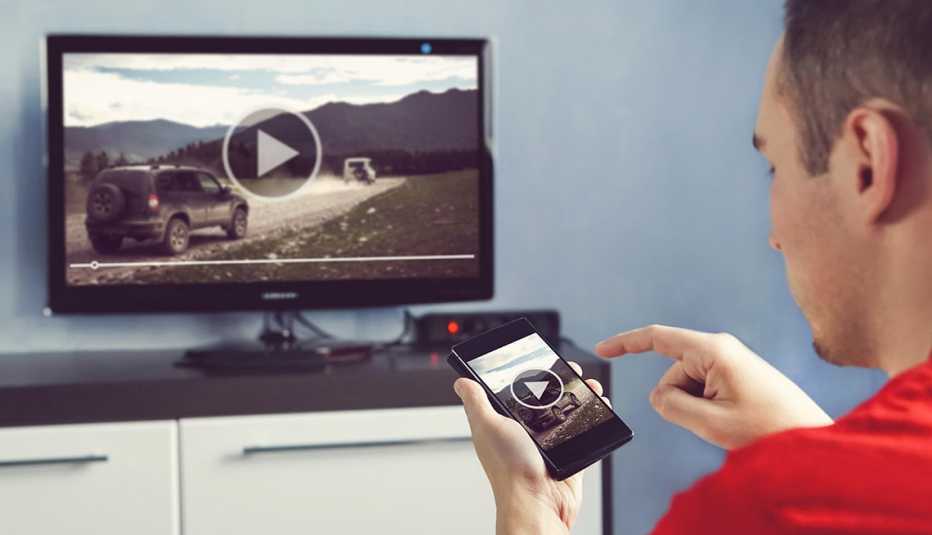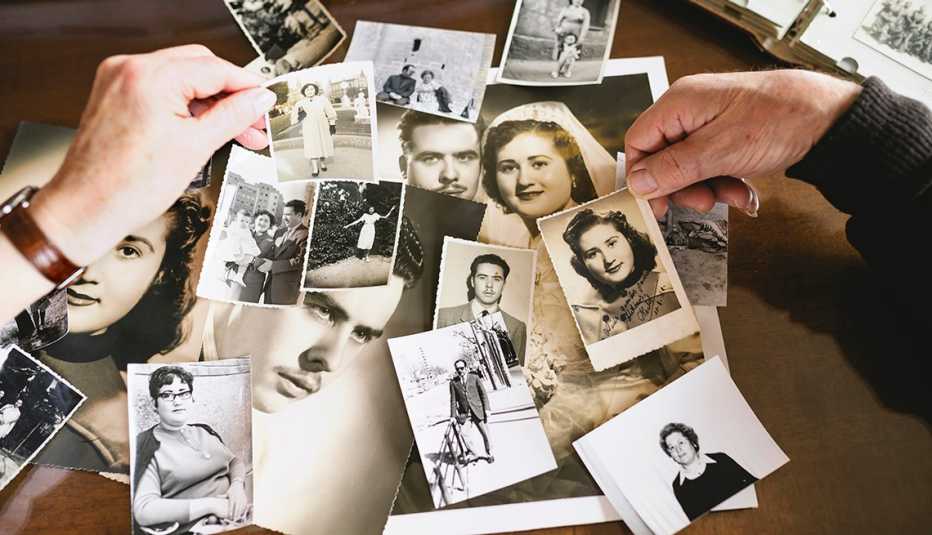Staying Fit
Memories can last forever but not the medium they’re stored on.
Videotapes can hold your precious home movies for several years if they’re kept in a cool and dry environment. But eventually these formats deteriorate, making the tapes unwatchable.
Adding to the problem: You may not be able to play back these captured moments if you don’t have a working machine. So now is the time to digitize your dusty collection of tapes.


AARP Membership— $12 for your first year when you sign up for Automatic Renewal
Get instant access to members-only products and hundreds of discounts, a free second membership, and a subscription to AARP the Magazine.
The good news is that preserving these memories is not as daunting as you think. You can do the conversion yourself or you can use a service to digitize the various formats you have stored: 8mm or 16mm film reels; super 8 and H8 movie film; MiniDV cassettes; and Betacam, Betamax and VHS tapes.
Most important: If you’re dealing with very old or fragile film, allow a professional to digitize it. Even if you still have the machine to play it on as part of the conversion process, you risk damaging these memories.
Why should I bother digitizing old formats?
The best reason to digitize these aging analog tapes and reels is to prevent them from being trapped in an obsolete format.
• Preservation. Once your home movies are digitized, they will no longer degrade over time.
• Restoration. Faded or damaged home movies can be repaired automatically with software. Color can be renewed, and parts of a video can be stitched together.
• Ease of duplication. The digitized versions can be copied with the click of a button to make extra backups or to share with family members.
• Instant cataloging. Using keywords and tagging, you’ll be able to organize and search the new files on a computer, online cloud site, smartphone or tablet.
• Social media sharing. You can upload the digitized memories to a social media site such as Facebook or use them to create a new movie to watch with family and friends — complete with animated transition sequences, music and narration.
• Family history. Preserving your family events isn’t just for your enjoyment but for the enjoyment of future generations. Once your movies are on a computer, cloud site or disc, they can be seen long after you’re gone. The COVID-19 pandemic, which killed more than a million Americans, was a wake-up call for many families to digitize old media.
How to digitize your home movies
The first step is to find all your shoeboxes of tapes. Don’t worry if they’re not labeled with dates, events or people involved. Once they’re converted, you can preview the files to properly name them.





































































